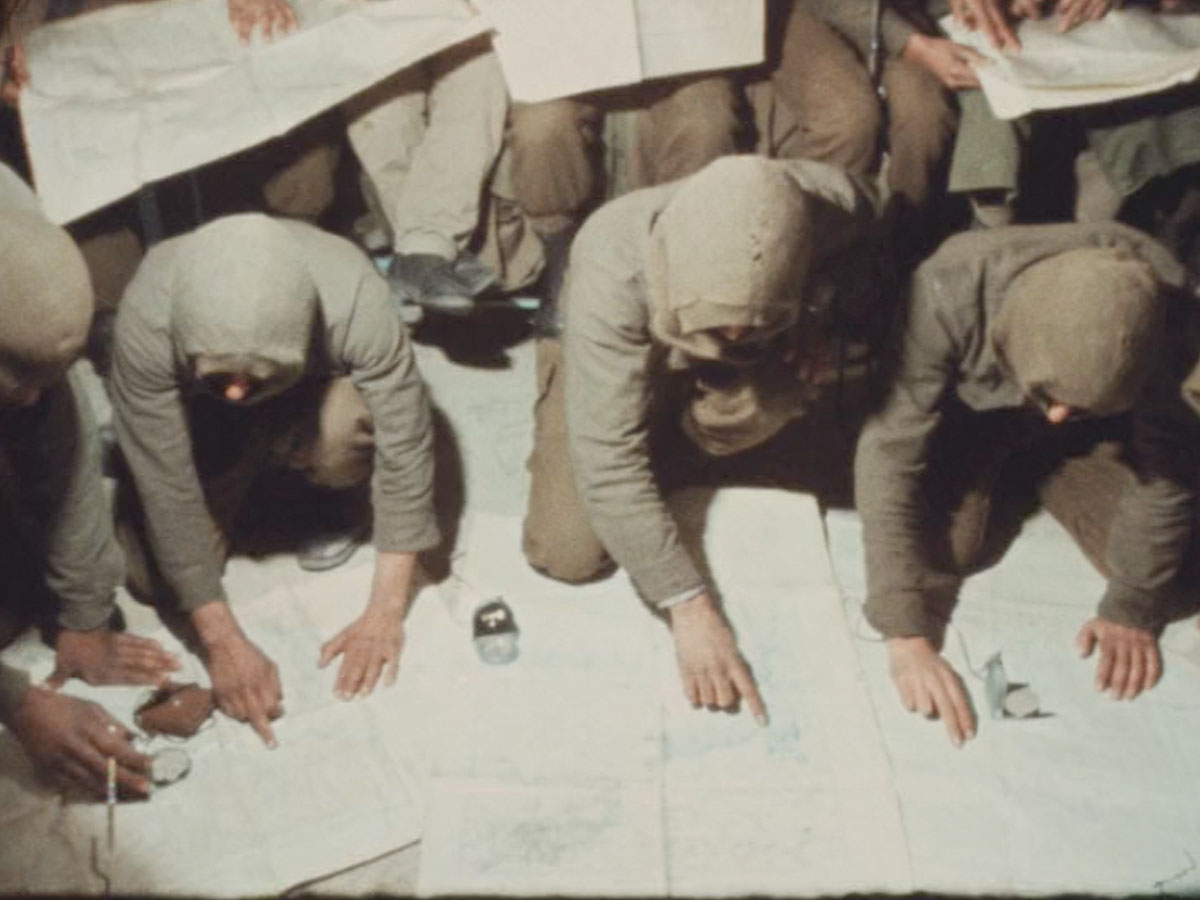
Rejection Front
When peace proves impossible, all means are justified to defend a political cause. That’s what the suicide-commandos argue. Jocelyne Saab was the first journalist to be able to film these young people, aged between 16 and 20, who were training daily in a secret underground base.
“Again, just because I listened to such and such member of the Rejectionist Front doesn’t mean that I adopted their point of view. Suicide commandos were something new at the time, a practice that has unfortunately become widespread in the Middle East and elsewhere afterwards. All these reprimands and discussions allowed me to grow artistically and to always reflect on what I was filming: why and for what purpose is an image made? What should be shown and presented? Not for censorship, self-censorship or propaganda reasons. All this provoked in me a useful and necessary reflection on cinema, on the meaning of images and their reception,” Saab explained.
The film is preceded by Saab’s Palestinian Women (1974) and followed by her 1976 short documentary South Lebanon: The Story of a Village Under Siege.

